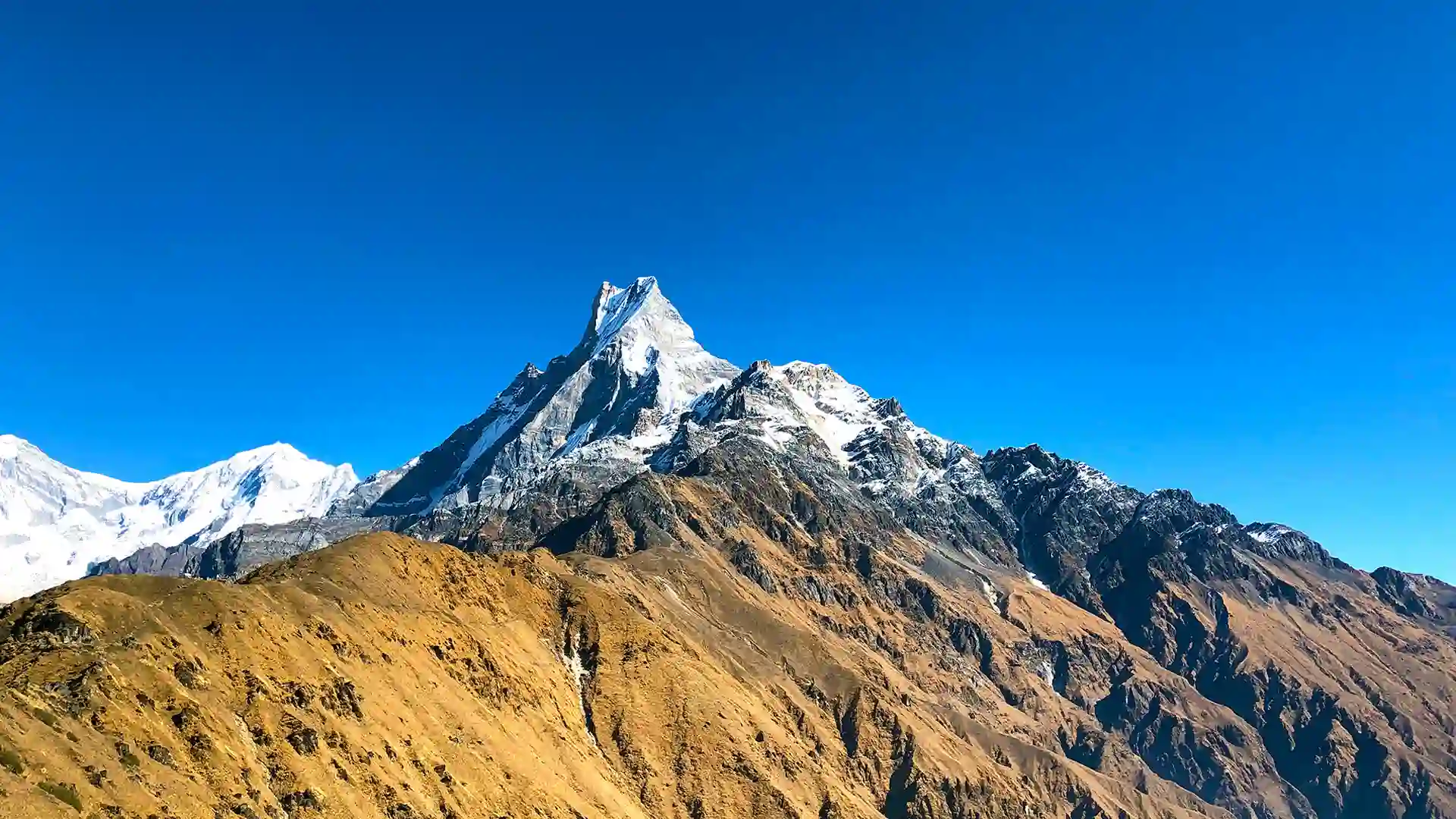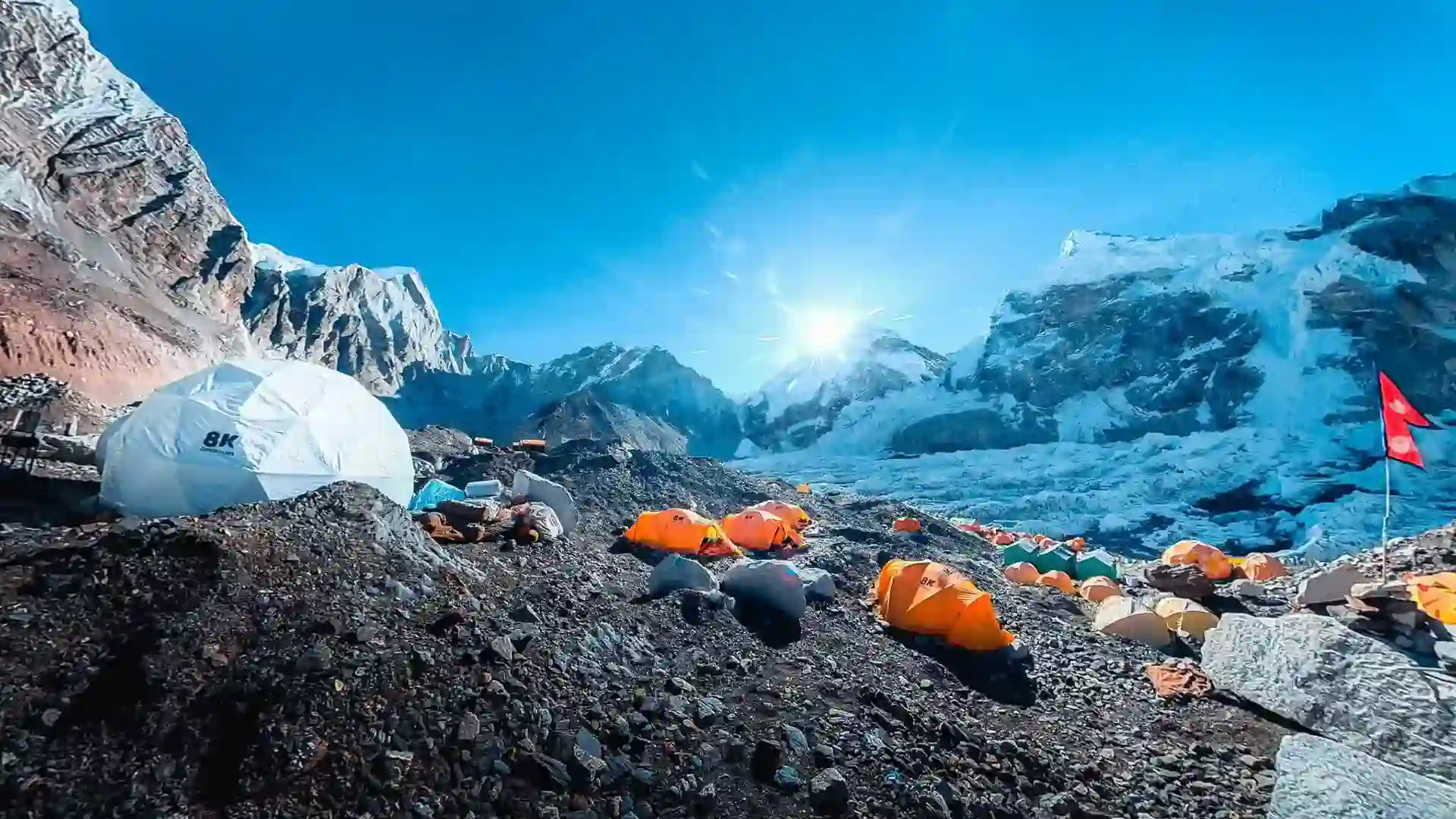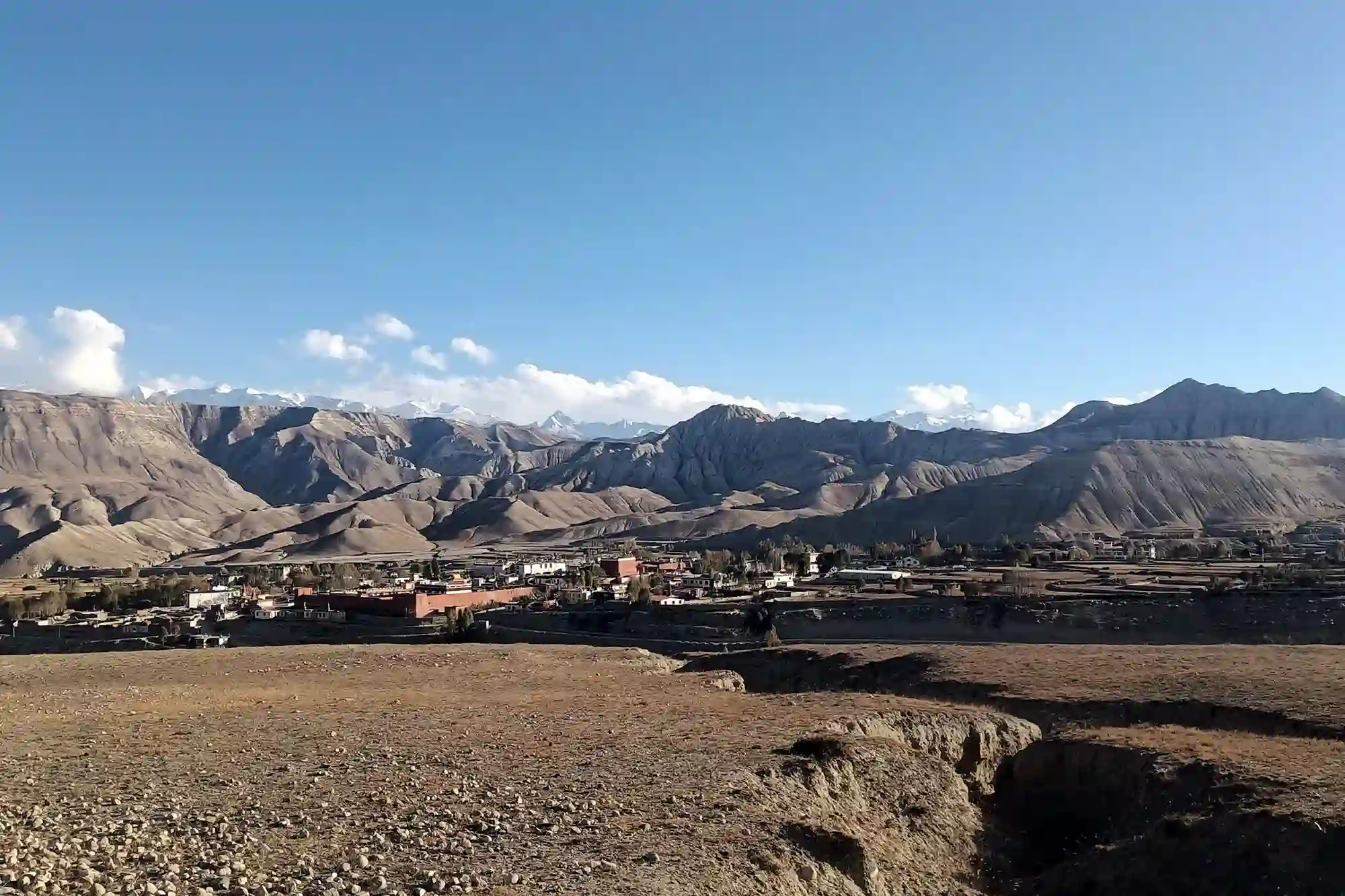The Himalayas, stretching majestically across Asia, boast some of the world’s most famous trekking routes. Iconic trails like the Everest Base Camp and Annapurna Circuit attract thousands of adventurers each year. However, for those seeking solitude, pristine landscapes, and cultural immersion, the lesser-known paths of the Himalayas offer a truly unique experience. Join us as we uncover some of these hidden gems that promise to redefine your trekking adventure.

-
Discover the Tranquility of Mardi Himal Trek
Tucked away in the Annapurna region, the Mardi Himal Trek is a serene alternative to the bustling trails of the more famous Annapurna Base Camp trek. Starting from the picturesque city of Pokhara, this trek takes you through verdant rhododendron forests, charming villages, and up to the base of Mardi Himal, offering breathtaking views of Annapurna South, Hiunchuli, and Machapuchare.
Practical Tips for Mardi Himal Trek
- Best Time to Trek: The best seasons for this trek are during the spring (March-May) and autumn (September-November). These times offer clear skies and moderate temperatures.
- Permits: You’ll need an Annapurna Conservation Area Permit (ACAP) and a Trekkers’ Information Management System (TIMS) card, both of which can be obtained in Kathmandu or Pokhara.
- Accommodation: Tea houses and lodges are available along the route. It’s advisable to book your first and last night’s stay in advance, especially during peak seasons.
- Guides and Porters: Hiring a local guide and porter can enhance your experience and support the local economy. They can also help navigate the trails and communicate with local villagers.

-
Everest Base Camp: Beyond the Ordinary
The Everest Base Camp (EBC) trek is a dream for many, but there are unique variations that offer fresh perspectives and added excitement to this classic journey.
Langtang Valley Trek: A Prelude to Everest
Before embarking on the iconic EBC trek, consider exploring the Langtang Valley. Though not directly connected to the Everest region, the Langtang Valley Trek offers a quieter, equally stunning experience. The trail takes you through lush forests, traditional Tamang villages, and provides magnificent views of Langtang Lirung. This trek is a fantastic warm-up for those planning to tackle the more demanding EBC trek.
EBC One-Day Helicopter Tour: A Bird’s Eye View
For those short on time or seeking a less physically demanding option, the [EBC one-day helicopter tour](https://adventuremastertrek.com/trip/everest-base-camp-helicopter-tour/) is a thrilling alternative. This tour offers a bird’s eye view of the Khumbu region, showcasing the grandeur of Everest, Lhotse, and other towering peaks. It’s a unique way to experience the Himalayas, combining the exhilaration of flying over dramatic landscapes with the awe of witnessing the world’s highest mountain up close.
Explore the classic EBC trek
Practical Tips for Everest Base Camp Trek and Variations
- Best Time to Trek: The ideal times for the EBC trek are from late September to early December and from late February to early May.
- Permits: You’ll need a Sagarmatha National Park Permit and a TIMS card. Both are essential and can be obtained in Kathmandu.
- Acclimatization: Make sure to include acclimatization days in your itinerary to prevent altitude sickness. Slow and steady ascents are crucial.
- Accommodation: Book accommodations in advance, especially in popular spots like Namche Bazaar and Gorak Shep.
- Guides and Porters: Consider hiring a guide and porter for safety and ease. They are familiar with the terrain and can provide valuable insights into local culture.

-
Annapurna Circuit Trek: The Ultimate Himalayan Odyssey
The Annapurna Circuit is renowned for its diverse landscapes and cultural richness. This trek takes you from subtropical forests to high-altitude deserts, passing through vibrant villages and ancient monasteries. But there’s more to this trek than the main circuit.
-
Tilicho Lake and Poon Hill: Hidden Treasures
One of the most rewarding extensions of the Annapurna Circuit is the trek to Tilicho Lake, one of the world’s highest lakes. This detour offers trekkers the chance to witness stunning glacial scenery and experience the tranquility of Tilicho Lake’s turquoise waters. Additionally, the hike to Poon Hill is a highlight, providing panoramic views of the Annapurna and Dhaulagiri ranges at sunrise.
Combining these routes can extend your adventure to about 17 days, providing a comprehensive exploration of the Annapurna region. Discover more about this extended trek
Practical Tips for Annapurna Circuit Trek and Extensions
- Best Time to Trek: Like most Himalayan treks, the best seasons are spring (March-May) and autumn (September-November).
- Permits: You’ll need an Annapurna Conservation Area Permit (ACAP) and a TIMS card.
- Route Planning: Plan your route to include key highlights like Tilicho Lake and Poon Hill for an enriched experience.
- Accommodation: The route is well-supported with tea houses and lodges, but booking in advance during peak season is advisable.
- Guides and Porters: Hiring a guide and porter can greatly enhance your trekking experience and ensure safety.

-
Mustang Trek: Journey into the Forbidden Kingdom
The Mustang region, often called the “Forbidden Kingdom,” is a remote area that was off-limits to outsiders until the 1990s. The Mustang Trek takes you into a starkly beautiful landscape characterized by red-walled monasteries, ancient caves, and desert-like terrain.
Practical Tips for Mustang Trek
- Best Time to Trek: Spring (March-May) and autumn (September-November) are ideal times to visit Mustang.
- Permits: A special Restricted Area Permit is required for Upper Mustang, along with an Annapurna Conservation Area Permit (ACAP).
- Cultural Sensitivity: Mustang has a rich cultural heritage. Respect local customs and traditions, and always ask for permission before photographing people or sacred sites.
- Accommodation: Lodges and tea houses are available, but facilities may be more basic than in other trekking regions.
- Guides and Porters: Given the remote and restricted nature of the region, hiring a local guide is mandatory and highly beneficial.
Why Opt for Lesser-Known Treks?
-
Solitude and Tranquility
Choosing lesser-known treks means escaping the crowds of the popular routes. You’ll have more opportunities to connect with nature and enjoy the serenity of the mountains without the hustle and bustle of larger trekking groups.
-
Cultural Immersion
These hidden gems often pass through remote villages where traditional ways of life are still practiced. Trekkers can experience authentic local culture, participate in traditional festivals, and enjoy homestays that provide a deeper understanding of the region’s heritage.
-
Unique Landscapes
While famous treks offer stunning scenery, lesser-known routes traverse equally breathtaking but different landscapes. From the arid, dramatic terrain of Mustang to the lush, green valleys of Langtang, these treks showcase the incredible diversity of the Himalayan region.
-
Preparing for Your Trek
When planning a trek in the Himalayas, whether well-known or lesser-known, preparation is key. Here are some tips to ensure a successful adventure:
-
Physical Preparation
Training for a trek involves building up your cardiovascular fitness, strength, and stamina. Regular hiking, running, and strength training exercises are essential. Additionally, practicing with a loaded backpack can help prepare your body for the demands of the trail.
-
Acclimatization
Altitude sickness is a serious concern in the Himalayas. Gradual acclimatization is crucial. Plan your trek with adequate rest days, especially when ascending above 3,000 meters. Hydration and a slow pace can also help your body adjust to the altitude.
-
Gear and Equipment
Investing in good quality trekking gear is essential. Key items include sturdy hiking boots, moisture-wicking clothing, a reliable backpack, and appropriate layers for varying weather conditions. Don’t forget essentials like a first aid kit, water purification tablets, and trekking poles.
-
Permits and Regulations
Many trekking routes in Nepal require permits, such as the TIMS card (Trekkers’ Information Management System) and specific area permits like the Annapurna Conservation Area Permit (ACAP) or the Sagarmatha National Park Permit for Everest. Ensure you have all necessary permits before starting your trek.

Gokyo Trek
Conclusion
The Himalayas offer an endless array of trekking adventures, from iconic routes to hidden gems waiting to be discovered. Whether you choose the tranquil Mardi Himal Trek, the culturally rich Mustang Trek, or the dramatic landscapes of the Langtang Valley, each trail promises a unique and unforgettable experience. By exploring these lesser-known routes, you not only escape the crowds but also gain a deeper appreciation for the natural beauty and cultural richness of this magnificent mountain range.
Embark on your next adventure with Adventure Master Trek, and let the Himalayas reveal their hidden treasures to you. For more information and detailed itineraries,

